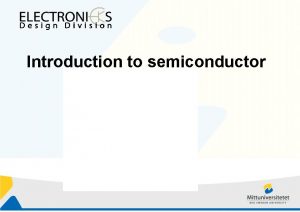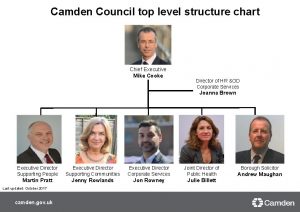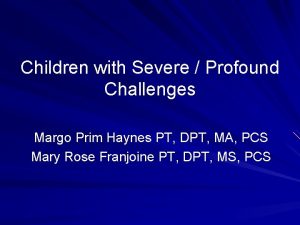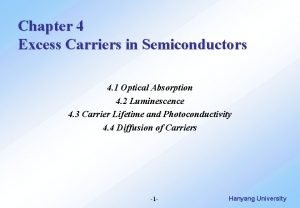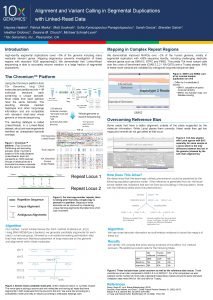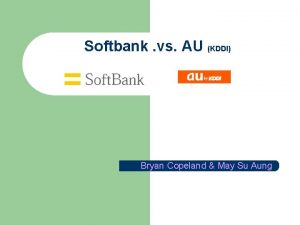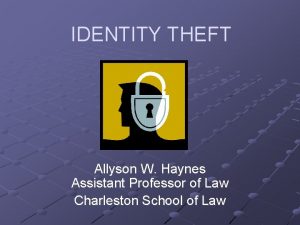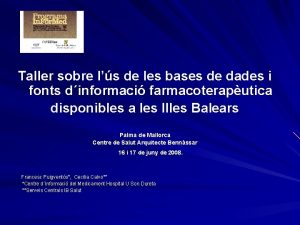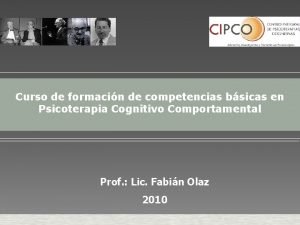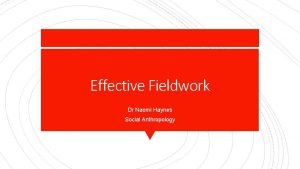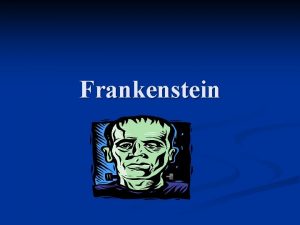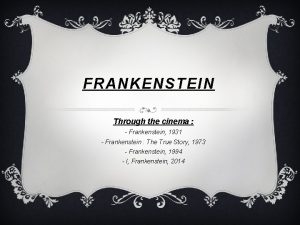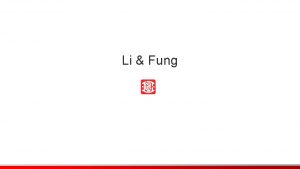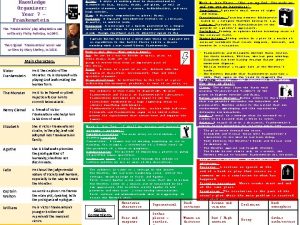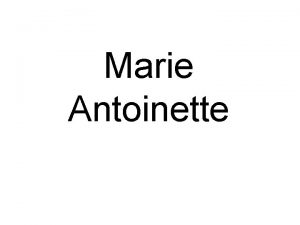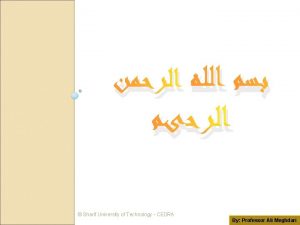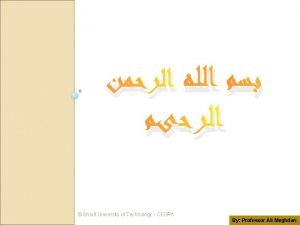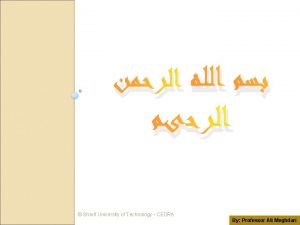Knowledge in Frankenstein Andrew Fung Cedra Haynes Marie












- Slides: 12

Knowledge in Frankenstein Andrew Fung, Cedra Haynes, Marie Tomas

Literal Meaning • Is it morally right to seek knowledge? Is there any knowledge that we shouldn’t know? • This prompt presents a big conflict in the story, in whether or not the knowledge (to bring life to inanimate objects) should be sought after. Its effects bring a reflection to Victor on if he really did the right thing and if he has tapped into some power that should not be available to him.

Example from text • “Life and death appeared to me ideal bounds, which I should first break through, and pour a torrent of light into our dark world. A new species would bless me as its creator and source; many happy and excellent natures would owe their being to me. No father could claim the gratitude of his child so completely as I should deserve theirs. Pursuing these reflections, I thought that if I could bestow animation upon lifeless matter, I might in process of time (although I now found it impossible) renew life where death had apparently devoted the body to corruption” (Shelley 32). • Here, Victor genuinely believes he has the right to create a life and does not recognize the boundaries in what is morally acceptable to do with your knowledge. He thinks he is doing something for the good of man kind. This brings to conclusion that it isn't wrong to seek knowledge but it is vital to respect certain limits.

Example from text • “The different accidents of life are not so changeable as the feelings of human nature. I had worked hard for nearly two years, for the sole purpose of infusing life into an inanimate body. I had desired it with an ardour that far exceeded moderation; but now that I had finished, the beauty of the dream vanished, and breathless horror and disgust filled my heart” (Shelley 35). • In these moments all of Victors past feelings of devotion to his creation are vanquished. He realizes that he has done something very dangerous with his knowledge and is instantly regretful for having pursued such studies.

Literary device 1 • P. O. V. • In using multiple points of view, Mary Shelly introduces different perspectives about Frankenstein’s application of his knowledge. In the eyes of Victor Frankenstein, the knowledge and power that he put into the creation of The Creature was harnessed for good. He hoped to create a being that would be a blessing to mankind but in reality, The Creature was a disgrace and threatened the human race. From the perspective of the Creature, all of his intentions are to help people, viewing them as superior beings.

Literary device 2 • Doppelganger • Throughout the novel, Victor and The Creature are often viewed with the ideology that victor and The Creature have some of the same characteristics, such as both having fits of anger. At the same time, Frankenstein and The Creature have characteristics that are different than the other, almost neutralizing each other. For example, The creature shows more sympathy and pity while Frankenstein has more of an aggressive personality.

Literary device 3 • Man V. Man • The conflict of Man V. Man is prominent between The Creature and Frankenstein. The creature loves Frankenstein because he is his creator and he owes his life to him but at the same time, he hates Frankenstein because he abandoned him once they met and Frankenstein sees The Creature as a disgrace. Near the end of the novel, both Frankenstein and The creature plot revenge against each other and pledge to be enemies until the end of the world.

Points of view • Robert Walton: Walton sees the story come around full circle, from Victor’s birth to his death, and comes to understand his life’s mistakes and tragedies. • Victor Frankenstein: Victor is victim to the results of mistakes he made in his past, and it ends up consuming his life. He dies without accomplishing any of the things he sets out to do following the birth of the creature. • The Creature: Hates the world, and hates Victor for bringing him into it. Has loneliness unparalleled, and lives without true purpose.

One prompt explained • Who is the tragic figure that functions as a whole in the novel? • In the novel the most prominent tragic figure is Victor. He begins his studies thinking he will benefit mankind with his creation. Though he believes he is working towards a heroic endeavor that will merit gratitude, this pursuit will soon be the cause of his own downfall. He does not recognize the ethical boundaries in bestowing a life and crosses a boundary with his knowledge.

Pivotal significant moment 1 • When Victor finishes his creation, he is immediately disgusted, and this initial thought foreshadows his later retrospective view at the mistake that he has made. This leads both the reader and Victor to see his obsession with gaining “forbidden” knowledge as an unethical idea that should not have been pursued.

Pivotal significant moment 2 • As Victor is creating the female creature, he is again put in a “God” position, creating an Eve for his Adam. This again calls into question whether or not he should have the knowledge and power to be capable of these things. Victor himself questions what he is doing, and stops the creation of the second creature. This leads to the creature wreaking more havoc, showing which individual has power over the other.

Citation Shelley, Mary Wollstonecraft. Frankenstein. N. Y. : Dover Publications, 1994. Print.


